I can feel the end of summer and early fall air starting to creep in, which gets me fired up for the upcoming hunting season. Soon, all of the prep work I’ve done from late spring until now will hopefully start paying dividends as I start to venture out into the field hoping to fill my freezer for another year.
If you haven’t been spending the last few months scouting the land you will be hunting and making necessary preparations, you need to start ASAP. If you will be bow hunting, you should have sent a few hundred arrows into the target by now to hone or develop that skill. If not, doing these things should be priorities between now and your first day in the field. If you have, good on you and keep at it. Your next step should be making sure you have all of the necessary equipment to get you in the field and be prepared when you are out there.
I’ve spent many years hunting and have tried countless products that have been either recommended to me by someone or thoroughly researched, and ultimately tested in the field. The problem I noticed with a lot of these recommendations is that there are many biases in the brands that people use, or their affiliation/partnership with a brand they are writing about. I wanted to provide an honest list of gear that I have used and can say they are worth purchasing and using. Whether you are looking to get into hunting for the first time or replace some gear that is worn out, it is worth combing through this list.
Most of the links provided are affiliate links through Amazon, however I have zero affiliation to any one brand. I wanted the convenience of products located in one place, but if there is an item that I felt is worth purchasing not on Amazon, I provided an alternative link where you can buy.
Clothing:
The beginning of the season can be tricky in regard to weather, depending on where you live. You could have the sun blazing on you in the 60s/70s during the day, but drop to the 40s in the early AM or after the sun goes down. You could also have a chilly rainy day where you will be miserable if not properly prepared. Being comfortable in the woods is the number one thing keeping you out there for longer, which will absolutely leader to greater success. More time in the woods means the more opportunities to see an animal. The best way to do this is to layer with appropriate clothing for your climate.
You shouldn’t be walking into the woods to start your morning hunt in all of the clothes you’ll be sitting with. You will be sweating by the time you sit and if it’s cold, you’ll be freezing by lunch time. When it’s warmer, you can probably get away with walking around in a lightweight short-sleeve or long-sleeve shirt. On colder days, I’ll usually walk in with an outer shell unzipped and a base layer on. Once you settle in, you can pop those mid layers on throughout the day as you start to get cold.
I like to keep it relatively simple with my clothing situation. My outer shell and pants are a matching waterproof set from Sitka. The Jacket and Pants are linked here, however there really isn’t a need to spend the $400 a piece on their stuff, especially as a beginner.
When picking a hunting jacket and pants, the camo pattern really doesn’t matter. You want to make sure it fits you properly (leave some room in there for layers) and the fabric is both quiet and non-reflective. You will be moving - especially if bowhunting - so you don’t want to the jacket to make any noise when you raise your gun or drawback your bow. I am also a big fan of the technical gear - think Patagonia, Arc’teryx, etc. - which is why I like the Stika clothing. While a cheap Walmart hunting suit will certainly get the job done, I think the performance aspect of the newer clothing does have an advantage. There are several smaller brands that have released less expensive technical/performance hunting clothing that should perform similarly to the Sitka/Kuiu clothing without breaking the bank. This set of Jacket and Pants from Badlands provide similar performance at half the cost of the Sitka Gear. Bandlands has great customer service and their products come with a lifetime warranty.
Depending on the temperature, I will layer these with a lightweight base layer, like Under Armour cold gear, and one or two more layers of a Patagonia fleece pullover and a pair of LL Bean long johns. If you plan to do this, I would size up on the outerwear.
I typically will only wear gloves on cold days while walking into/out of the woods. I personally do not like shooting with gloves on, so I try to avoid them, however sometimes the temps are so low that it is a requirement. You can spend a small fortune on “hunting gloves” but in reality any gloves will do. I like to wear insulated Mechanix gloves and will cut the trigger finger off for more dexterity. If you are going to wear the full glove hunting, make sure you practice shooting with gloves, to avoid any unfortunate misfires while in the field. These gloves will keep your hands just as warm as more expensive gloves for a fraction of the price.
I do, however, always have a hand warmer around my waist. I will throw in some disposable “Hot Hands” and sit with my hands inside when resting. Hunter's Safety System makes one that has kept my hands warm for years.
A good warm hat and neck gaiter will also help keep you warm on cold hunts. Honestly, any brand or make will do, as long as it is warm and subtle. A blaze orange wool or fleece hat is great to have for gun hunting season, otherwise opt for a brown, green or camo color.
Hopefully, at the end of the hunt there will be a few blood stains on your clothing that you will need to wash off, and at a minimum, you’ll want to wash your clothes every few hunts. There are countless detergents made for hunting, promising to block scents or lure in a big buck, and in my opinion, they are over priced and do not work. Save yourself some money and purchase a scent free detergent to wash your hunting clothes and hang dry them outside. I use ALL Free and Clear which has gotten many blood stains out of my clothing over the years.
Boots:
The boots you wear will depend on the type of hunting you are doing, and I don’t suggest skimping out on quality footwear. A good pair of hunting boots can and will last you forever with proper care and maintenance. If you are doing a lot of walking on a elk hunt out west, you will want a completely different boot than if you are whitetail hunting from a treestand on a cold day in the mid-west.
If you will be walking around a lot while hunting, my favorite pair of boots, and in my opinion the best pair of boots, are the Crispi Attiva Mid GTX boots. These are incredibly comfortable non-insulated boots that will keep your feet happy while in the field. You can wear wool socks to add warmth if needed, or opt for any of the insulated GTX boots from Crispi, though a bit more expensive. These boots are pricey, but definitely worth it.
For still hunting, I suggest the LaCrosse AlphaBurly Pro 18" boot. They are incredibly comfortable and you should have no issues walking in these for a few miles if required. They will keep your feet dry as a bone and warm the entire hunt. Depending on the weather of where you hunt, you can opt for a thicker boot, but I like the 800G boot, as I can wear thicker/thinner socks depending on the temperature.
You can save $100 and opt for Muck Boots, however they are not as comfortable or warm as the LaCrosse boots and would suggest spending the extra money for a boot that will last and keep you more comfortable.
Backpack:
Similar to the boots you will be wearing, the bag you carry will depend on the type of hunting you are doing. If hunting from a tree stand, you’ll want a pretty simple backpack that you can hang on the tree and access everything easily from where you sit. If you are hunting in the backcountry, you’ll need a bigger bag with the capability to carry out game meat. For the sake of this post, I am going to assume if you’re going on an extensive backcountry hunt, you have either been doing this a while or will be with someone guiding you and will already have a bag/pack recommended you. And frankly, I don’t have a great recommendation for one. For a general/overall hunting bag that won’t break that bank, the TideWe Hunting Backpack will do the job. I bought this on a whim and used a few times, and thought it was well made with convenient access to the various pockets.
Packable Gear:
There are a few things you should have in your pack at all times. A small first aide kid, some paracord, extra batteries, and maybe even some toilet paper. I also like to keep a few ziplock bags with some latex gloves, which come in handy when the time comes to field dress an animal.
Outside of this, having additional gear will keep you safer, more comfortable, and more resourceful when in the woods.
The first thing that everyone should have is a headlamp, which is key for coming into/out of the woods in the dark while keeping both hands free. I like this Petzl headlamp as it can use both rechargeable and disposable batteries, and also has both white and red light, which is good to use when moving in the woods at night. I’d also suggest buying multiple headlamps and keeping a spare in your pack in case your primary fails. Like they say, two is one and one is none.
Having a flashlight is also nice to have, especially when looking for a downed animal. It’s good to have as another backup in case your headlamps beak and to scan a dark woods. You should opt for something light, portable, durable, and of course one that throws off a good light. In my bag at all times is a small Streamlight tactical flashlight which uses standard an rechargeable batteries.
A helpful, though not necessary, item that can compliment a flashlight is a blue light to help locate blood trails when recovering a hit animal. This blood tracking light by Primos is a good item to have.
As added backup, I always carry around a portable charger of some kind. A simple charger like this one is great to recharge the phone or the batteries in some gear.
One thing my father instilled in me is that everyone should invest in a quality knife and keep it on them at all times. Knives are incredibly useful day to day and it should go without saying that a knife should be on you when in the woods. The Spyderco Para Military knife or Buck Knife 110 are both great knives for EDC and will be effective in the woods if needed. I like Spyderco because they are priced well compared to equivalent knives and you can send them back for routine maintenance whenever needed at no cost. The Buck Knife is a classic staple among hunters and there have been a few of these passed down from generations within my family.
There are many potential uses for a knife in the woods, but the biggest one being to field dress an animal you just killed. You can certainly gut a deer with a folding knife, though I would recommend having a fixed blade to do this if you are newer. This Spyderco fixed blade is a quality knife at a reasonable price.
There are also kits that include a bone saw and a few different knives, which can be helpful for someone getting started and less familiar with field dressing an animal. This set by Outdoor Edge is a great inexpensive kit to get you started and will make the first few deer you gut go a bit easier.
Binoculars come in handy on any hunt, but if you are back country hunting or hunting over a long field, they are a necessity. A good set of binos will allow you to see a crystal clear image of the animal walking hundreds of yards away. You can get carried away with the details and specs of binoculars and spend crazy amounts of money on a pair, but I don’t think it is necessary unless your are a serious hunter. At the same time, you do not want to buy a pair of sub-$100 binoculars that will be grainy and break after a few uses. Leupold is a quality optics company that makes incredible equipment at reasonable prices. Their BX-1 McKenzie binoculars are compact and lightweight, but provide a crystal clear view.
While we are on optics, fitting your rifle with a quality scope will increase performance of the rifle, lead to more accurate shots, and will last you a lot longer than a cheaper scope. If you are just getting started and looking for a decently made lower priced scope, this Bushnell Banner Dusk & Dawn scope will work perfectly and last a while.
However, if you are looking to upgrade your existing scope, or are in the “buy once, cry once” camp, this Leupold VX Freedom scope is one of the best for the money in my opinion.
I always have a few hooks that I will screw into a tree to hold some of my gear. If you are hunting from a tree stand, these are a must have. There are hooks made exclusively for hunters and can be convenient, however simple hooks like these will work fine. They will break eventually as you are screwing them into/out of the tree and are cheaply made, but since they are so cheap I keep several in my bag in case it happens. Full disclosure, I’ve not purchased the specific hooks in the link personally. I will usually go to a local hardware store a pick up a few.
If you are hunting public land, you are not supposed to screw anything into trees. If that is the case for you, or you’d prefer to not any way, there are strap hangers that will hold your gear without damaging the trees.
Calls/Lures:
To increase your chances of success on a hunt, you will want to have a few things to potentially lure in the species you are after. There are many nuances on what calls you should have depending on the species you are hunting and time of year, so I will outline quickly with some of the most common.
For deer hunting, any call from Primos will work well. A grunt call, doe can, and rattling bag will be all you really need. Some Doe in Estrus scent with wicks can be used as scent lures to hang on trees nearby.
If you are turkey hunting, you will need 2-3 decoys and a slate call to start.
For elk, this combination of calls will cover all the grounds.
Bowhunting specific:
If you are bowhunting, you will need some concealment given the additional movements involved in bowhunting. Two ways to do this are by hunting out of a tree stand or from a ground blind.
If you are going to buy only one tree stand, I suggest buying a climbing stand since you can bring it and use it at multiple spots pretty easily. The Summit Viper SD climber is a great stand that is super easy to use and pretty comfortable to sit in.
With a ground blind, you want something that is portable, easy to set up and has as close to 360 visibility as possible. A see through blind like this one from TIDEWE would check all of those boxes.
Having a good arrow is nearly as important as having a good bow. While I won’t make a recommendation on a specific bow in here (happy to if asked) I would recommend going to your local bow shop and trying out a few to see what feels best. Go with the best bow you are willing to spend on. There is a huge difference in a $2,000 bow and a $500 bow, but the biggest thing will be getting fitted properly and practicing with it a lot. A good middle of the road arrow that will shoot well and last a while is the Carbon Express Maxima Red. Once you buy an arrow and like it, stick with it for a season since each arrow will shoot a little differently.
You can fit those arrows with either a fixed or mechanical broadhead, which comes down to preference. There are pros and cons to each. A mechanical head will shoot the same as a field tip practice head and will leave a pretty large wound at impact, however they are less durable and can fail. A fixed broadhead is much more durable and consistent, but will usually fly differently than a field tip. If you are newer to bowhunting a mechanical head would be best and the Rage Hypodermic would be a good one to add.
A fixed blade head would be a requirement if you are shooting through a blind, and is a better option for taking down, especially a larger animal. There are many good fixed blade broadheads, but I prefer a one piece broadhead like the Muzzy One. One thing I do for all fixed heads is to sharpen them out of the box. I find they are not razor sharp from the factory and like to make sure it is as sharp as possible to cut on contact.
As mentioned many times before, the biggest factor in bowhunting is the time spent practicing when you are not in the field. In order to practice, you will need a target. If you know you will only ever shoot mechanical broadheads and practice with a field tip, you can get away with a bag target. I like the Wedgie bag because of the convenience of not needing to prop it up and the fact that it does not fall over at impact.
For most people I would suggest getting a target that you will be able to use a broadhead on without destroying it. The Block Infinity 22" Target will last a long time and one of the better targets for the price. There are other smaller targets by block that are a bit less expensive and perfectly fine. I just prefer the larger target as will will hold up a bit better.
I do a lot of bowhunting from a treestand, and sometimes will come across a great spot that I have not prepped in the offseason that has a few branches in shooting lanes. One of my favorite tools (and an item I recommend to all bowhunters) is a folding hand saw to trim back these branches. I carry a Stihl folding saw that I feel is the best. I’ve tried a few cheaper versions of this that I bought on Amazon, but found them to be poorly made and had the blade snap on a few of them. For $30, the Stihl saw hits the sweet spot for price and functionality.
If you are bowhunting, you will need to know the ranges of shots you will be taking, otherwise you will be guessing leading to inaccurate shots. A Bushnell Rangefinder will provide an instant read on the yardage of an approaching animal or landmarks nearby.
It is absolutely imperative that you wear a harness if you are hunting out of a tree stand. All newly purchased stands will come with a harness, so if you are on a budget, that will be sufficient. I do suggest upgrading if you can though. Doing so will allow you to be more comfortable throughout the sit and will likely be a bit safer if you were to fall. Hunters Safety System is the gold standard in tree stand harnesses and this harness is a great inexpensive one you should invest in.
Miscellaneous:
There are a few thing that don’t quite fit the “gear” definition, but are still valuable to have with you. Some that come to mind are highlighted below.
When I am in the woods on a cold day, I need to have a cup of hot coffee with me that I will sip on throughout the day to help warm me up. I’ve used many different insulated mugs over the years and the Zojirushi Insulated Mug is hands down the best I’ve ever used. First of all, it will keep coffee hot for 24 hours on the coldest days (sometimes too hot), which is nice when you’re looking for a warm sip in the afternoon. It is also very convenient with a simple thumb button to open the cap and is dead quiet. I’ve had mugs squeak when opened or require two hands which is not ideal. I’ve thrown it in my bag and have never had it leak or open thanks to the air tight seal and lock.
Similarly, the Zojirushi Food Jar is made just as well and will keep soup or oatmeal hot all day.
If you hunt where bugs can be an issue, typically in the early season or in warmer climates, you should have a bottle of Sawyer Insect Repellent Spray. It will keep every tick, gnat, mosquito, chigger, or whatever else you have around away from you. It can also be sprayed directly on your clothes and will last a few washes until it wears off.
Everyone hunting on unfamiliar land should download and subscribe to the OnX Hunt App. This app will provide an overlay of property lines on a satellite map, which will be very helpful in understanding where you are relative to adjacent properties. You can also drop pins on different spots for marking areas you think might be a good place to setup or where you noticed any signs of game. You can share them with others you are hunting with, which helps make sure you are not hunting on top of each other, and will help you get back to the same spot for a future hunts. The service operates on a subscription model, and starts at around $30-$40 for the year. They will often offer free trials during the season, which you can take advantage of if you only need for a short while.
There you have it. If you are looking to equip yourself for your first hunt, or to replace a current piece of equipment, you now have a solid list of some of my favorites. You will be well prepared for a long, and hopefully successful, season in the field.
If there is anything specific you are looking for that I didn’t touch on, feel free to ask in the comments and I will provide my opinion.
Good luck out there anons!







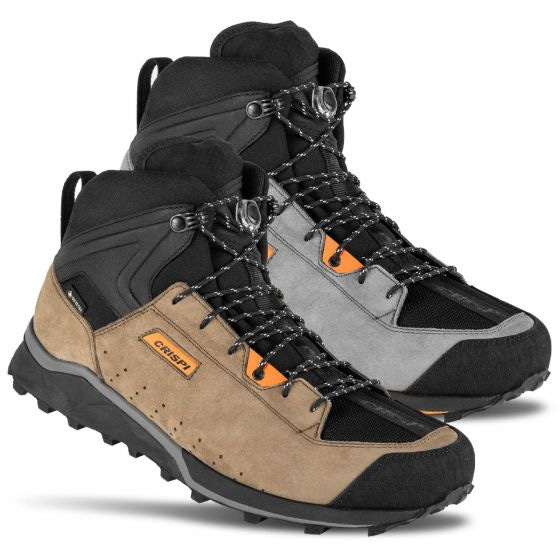



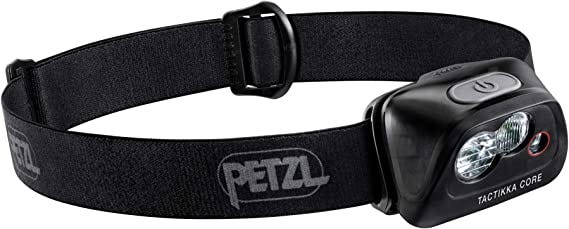





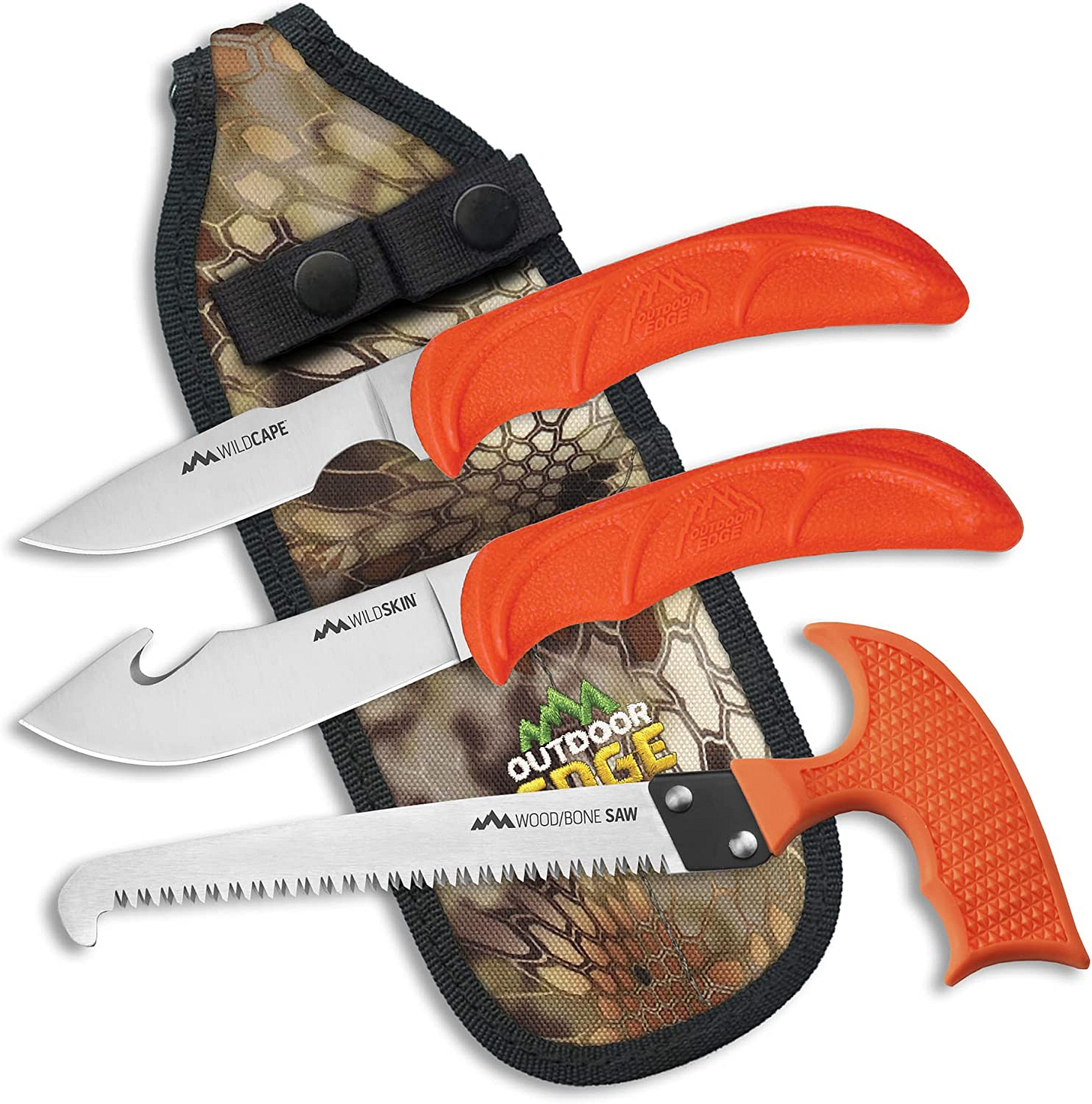
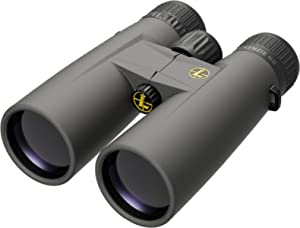


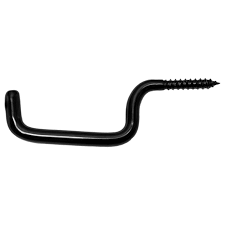




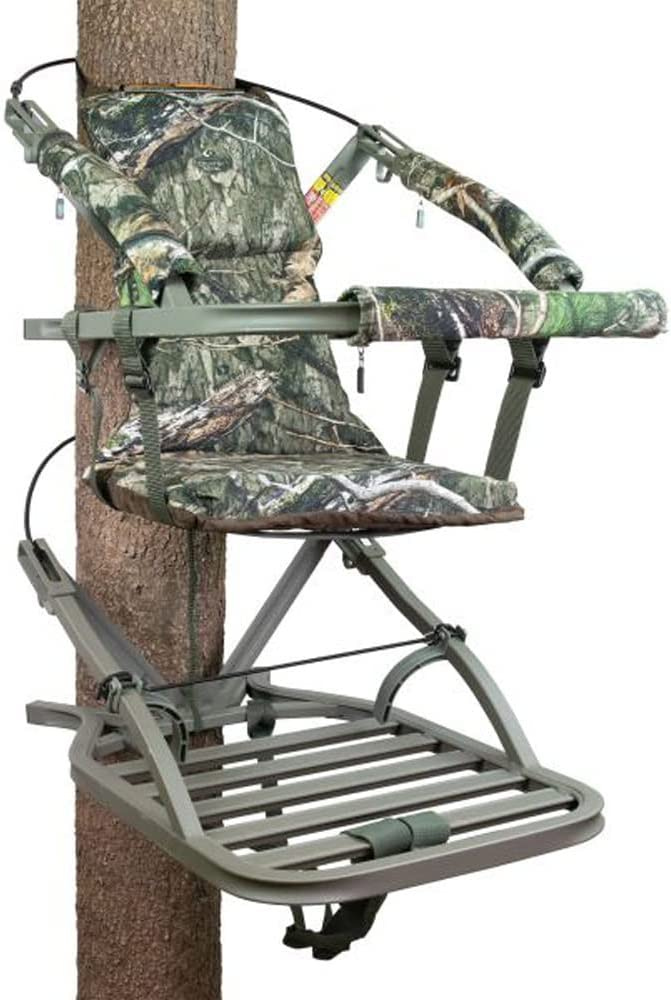


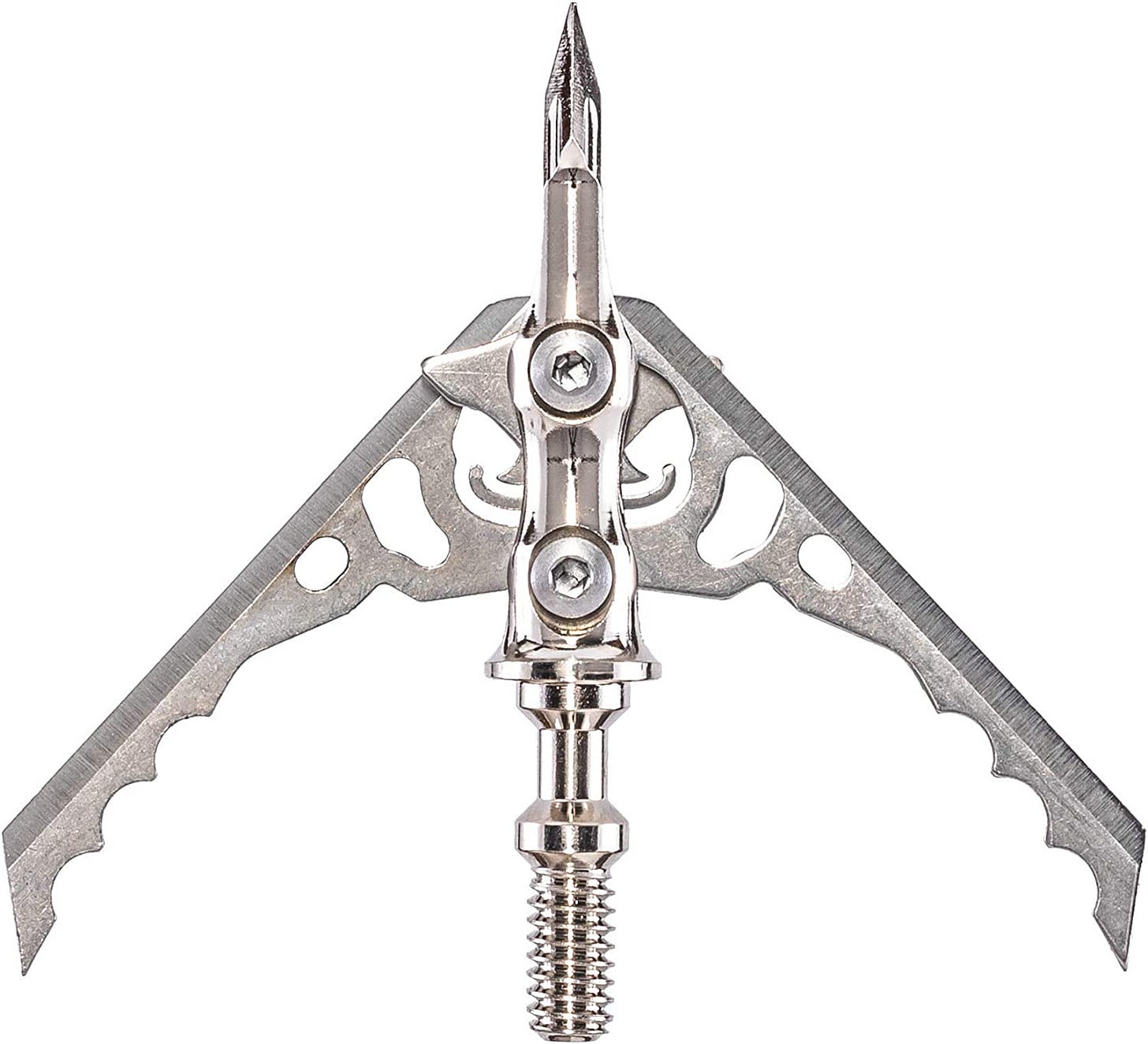
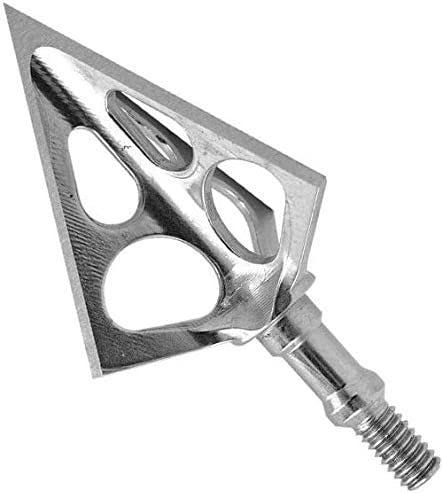

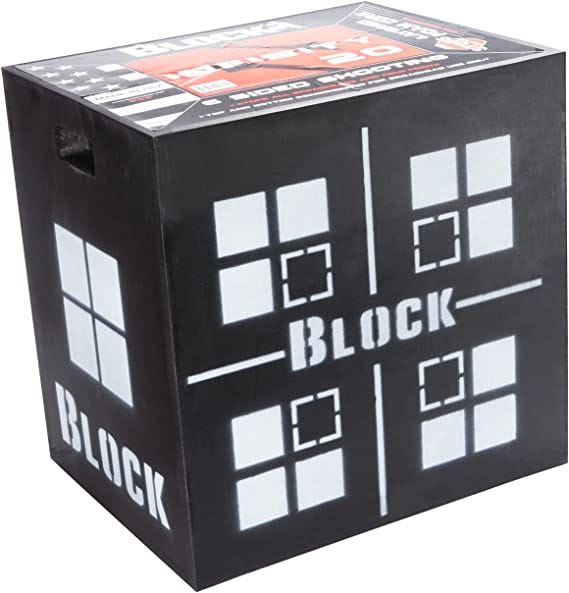
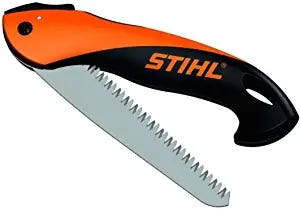
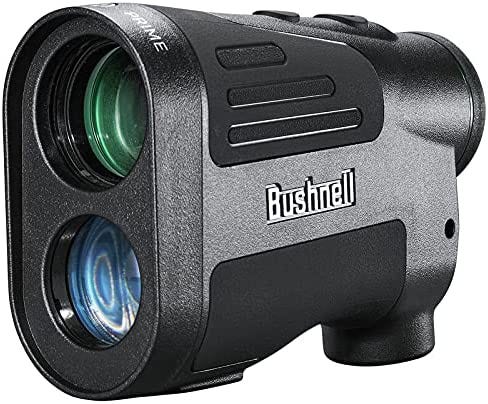


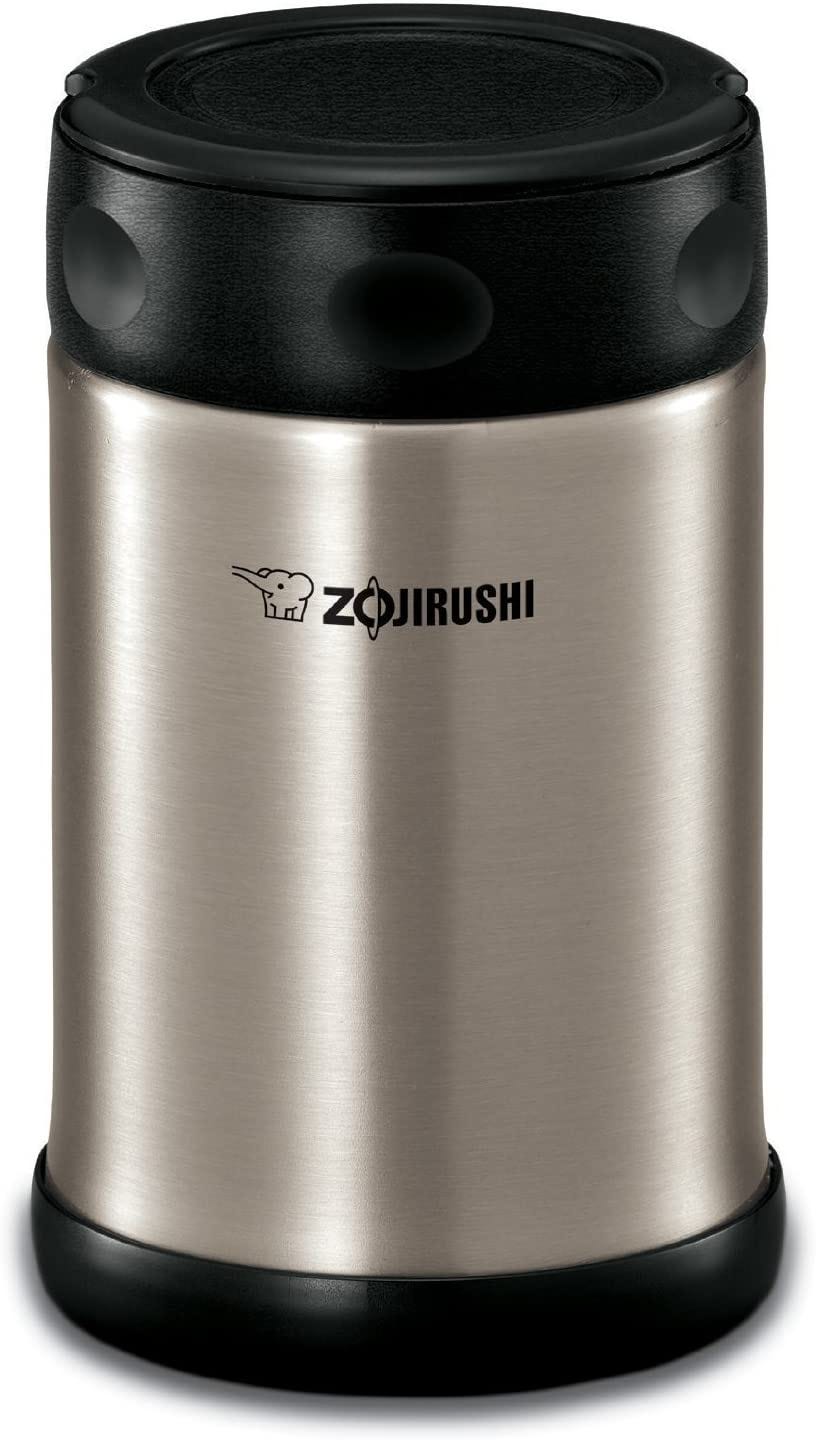

Great post